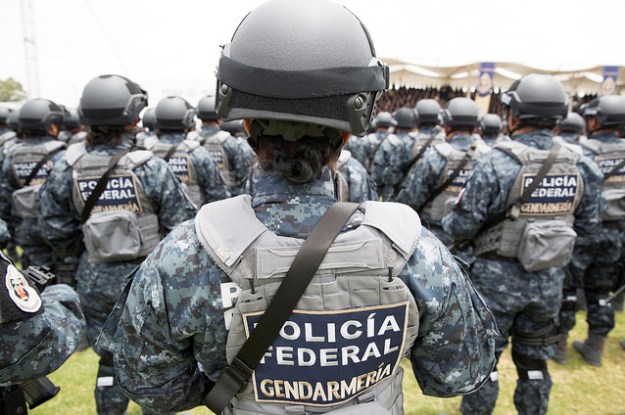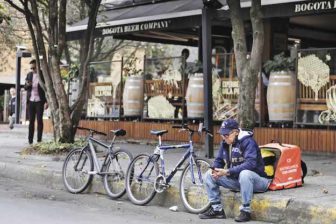Reducing violence is not about controlling violent neighborhoods or even about controlling violent people. It is about inducing people to control themselves. That’s it. The best policing comes when no police are required.
The question is how to achieve this in Latin America, the most violent region in the world and home to countries like El Salvador, Honduras and Venezuela, each with homicide rates similar to war zones.
The answer may be unsettling. Many instances of large decreases in homicide rates in Latin America can be traced not to large-scale judicial or police reforms, but to changes in the behavior of gang members as a result of truces with their rivals. Homicides go down when rival drug gangs, in an effort to improve their business conditions, agree to reduce violence.
Examples abound. Large reductions in homicides in Mexican cities such as Tijuana in 2008 or Ciudad Juárez in 2011 can be traced to the victory of the Sinaloa cartel over its enemies and the creation of a less competitive market for drug distribution. On the flip side, increased violence in El Salvador, which in 2015 was the most violent country Latin America, can be traced to the rupture of a truce between the country’s principal street gangs, the MS-13 and Barrio 18.
This does not mean violence reduction policies should support or facilitate gang truces, which by their nature are unstable. Rather, it implies that a small number of criminals and gang leaders have the power to control violence. Governments in Latin America need not wait to implement large-scale justice or police reforms; they should instead focus on shaping the behavior of those individuals.
Indeed, violence reduction should be about targeting those people who are most prone to commit violence. Even inside a gang of 30 to 40 people, most individuals are peaceful and “it is only three or four individuals that are the shooters,” as Harvard’s Thomas Abt said during a talk at The Wilson Center’s Mexico Institute. When violence policy targets all criminals (as the “broken windows” policing theory recommends), it leads to extensive imprisonment of low-level criminals for minor offenses, which crowds prisons and diverts focus from the most violent and serious offenses.
An extensive new study published by the U.S. Agency for International Development (USAID) has shown that among the most effective ways to achieve changes in the behavior of the most violent are programs of (1) cognitive therapy and emotions management, (2) targeted gun control, and (3) drug treatment and drug courts.
Providing cognitive therapy to young males in neighborhoods with a high presence of criminal gangs – particularly therapy focused on peaceful conflict resolution and anger management – has proven effective in reducing homicide rates. After-school cognitive therapy classes may well be the cheapest and most successful way to reduce youth violence.
The second tool, reducing gun access to people with the highest probability of violence, has also shown positive results. While strategies such as gun buybacks or anti-gun legislation are mostly ineffective, policies focused on deterring behavior that encourages the use of guns are effective. This requires trusted enforcement institutions to send clear messages that are not “stop all crime” or “leave the gang,” but more simply, “stop shooting.”
Finally, drug treatment and drug courts reduce violence much more than aggressive drug enforcement, which tends to increase it. Drug wars promote violence, while drug treatment reduces recidivism among violent criminals with substance abuse issues.
With this perspective, current government policy in Latin America appears blatantly wrong, particularly with regard to Honduras’ Mano Dura (“Strong Hand”) crime policy and Mexico’s war on drugs. The capture of drug lords in Mexico has triggered instability, leading to violent fights for turf between fractured cartels. Some claim that Mano Dura in Honduras has turned gangs into more professional, sophisticated criminal organizations.
The smarter way to reduce violence is to stop using the stick and start offering carrots. It is fundamental to change such approaches and learn from the policies that have worked.
Authorities and policymakers in Latin America should stop approaching crime reduction as a war against crime in general, and instead see it as an endeavor to positively incentivize those most likely to demonstrate violent behavior to stop killing.
—
Rios (@Viri_Rios) is currently a Global Fellow at The Wilson Center in Washington, D.C. with a Ph.D. in government from Harvard University







